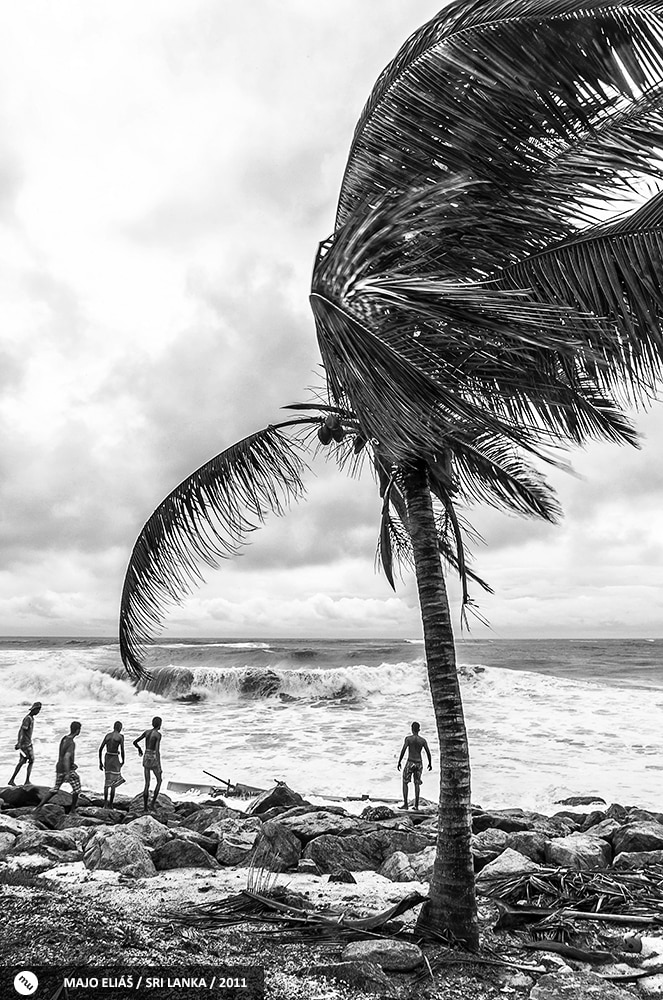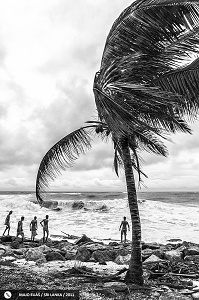Previews: The Secret to Success for Your Web Photos

Have you ever thought about what separates successful Web photos from the rest? There are lots o photos out there that are just fine and that definitely have the right magic inside… but that never get seen because nobody clicks their thumbnails—their previews. Thumbnails are there to catch a reader’s interest and compel them to open a photo.
Your work with photo previews starts practically the moment you press your camera’s trigger. You’ll almost always be checking the picture on the display after a shot. That’s your first contact with a thumbnail—a preview—for your picture. You’ll also be encountering previews while copying pictures off the camera, uploading them, etc.
Good Previews
A good preview is the herald of a good photo. When a preview looks good, you’re happy to click on it, open the photo inside, and feast your eyes on it. And that’s precisely the point of a preview: to catch a reader’s interest and compel them to open a photo. So naturally, photos with attractive previews get more views.
What separates good previews from average ones? They’re predictable. That’s the core feature of a good preview: when you click it and you get exactly the large version of the picture that you thought you would get. Or perhaps an even better large version. To make your previews predictable, make them clear indicators of what’s in the photos they lead to. Also make sure that photos’ subjects (which often also contain their brightest points) are fully clear from their thumbnails. There are several ways to achieve this.


Using Composition
Composition is the foundation of photography. You use it to emphasize the things you want a photo to say. So make your composition clean and clear at the first glance. If your photos’ messages—and thus your compositions—are interesting, then they’ll definitely get more views.
Using Edits
Use contrast edits to draw attention to your pictures’ main details inside their previews. Making the main subject clearly brighter in a preview while leaving the background darker makes your photo “readable.” But so does the opposite—the use of silhouettes.

Good Categorization
Don’t underestimate the importance of sorting your photos into well-organized groups, using for example photo websites’ categories, or using hashtags. During that process, keep in mind what group of people you’re trying to address.
Well-categorized photos with attractive, readable previews are far along the way to being seen by as many people as possible. Try to make sure your photos look great already in their previews, and even better at full size. After all, you don’t want to leave your audience disappointed!


